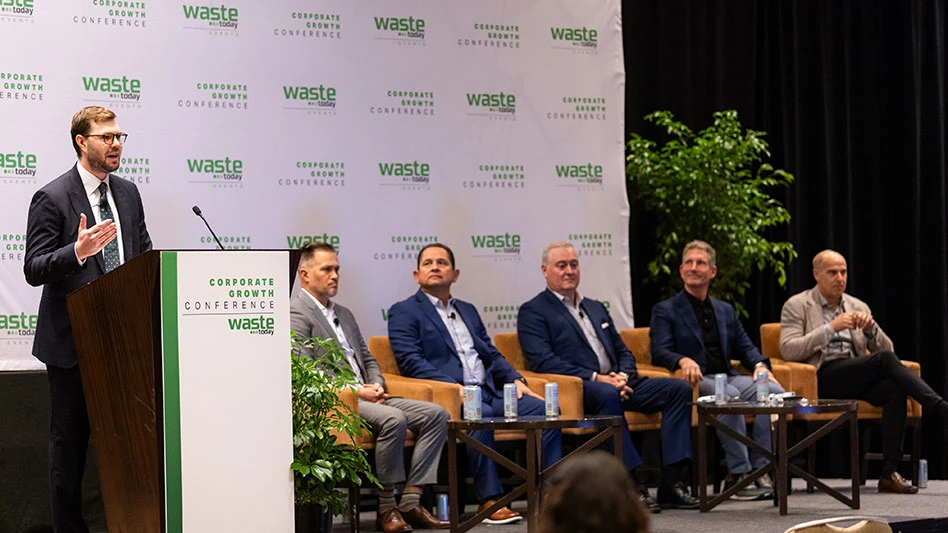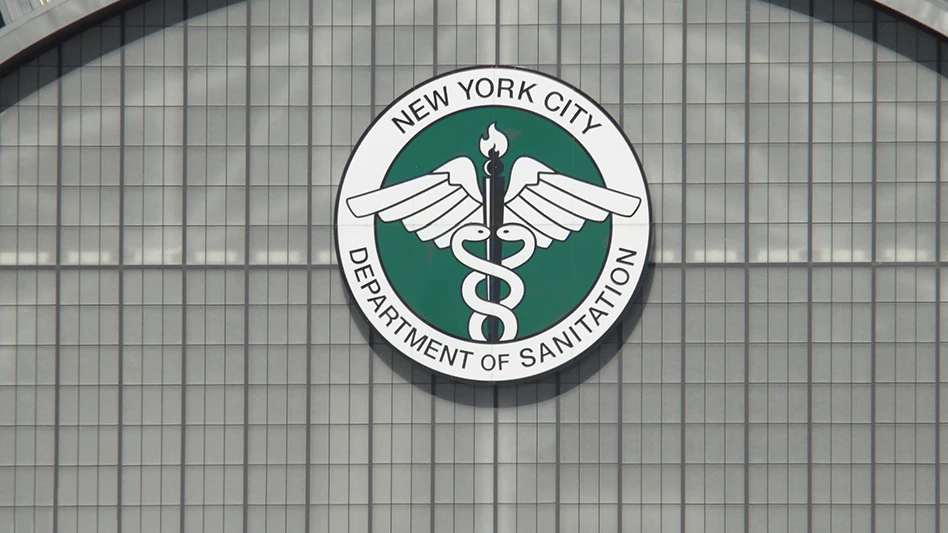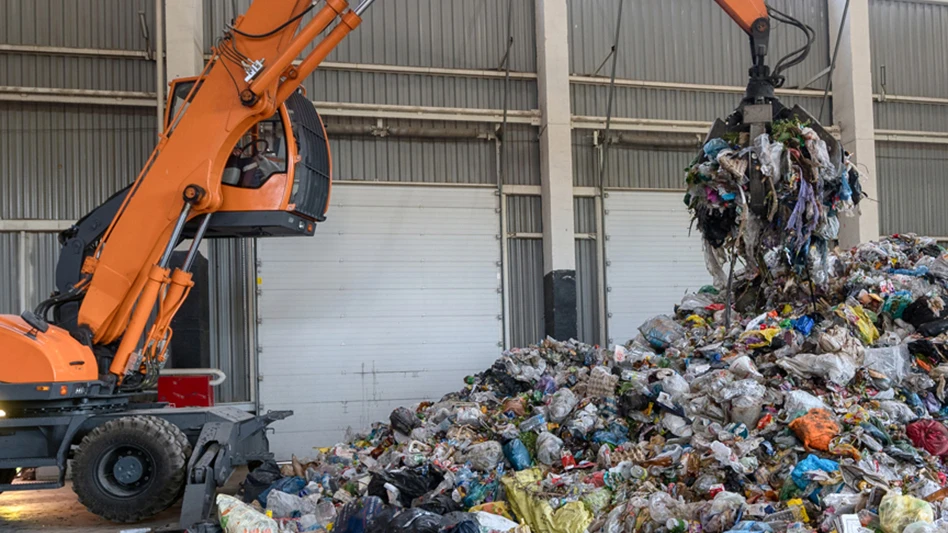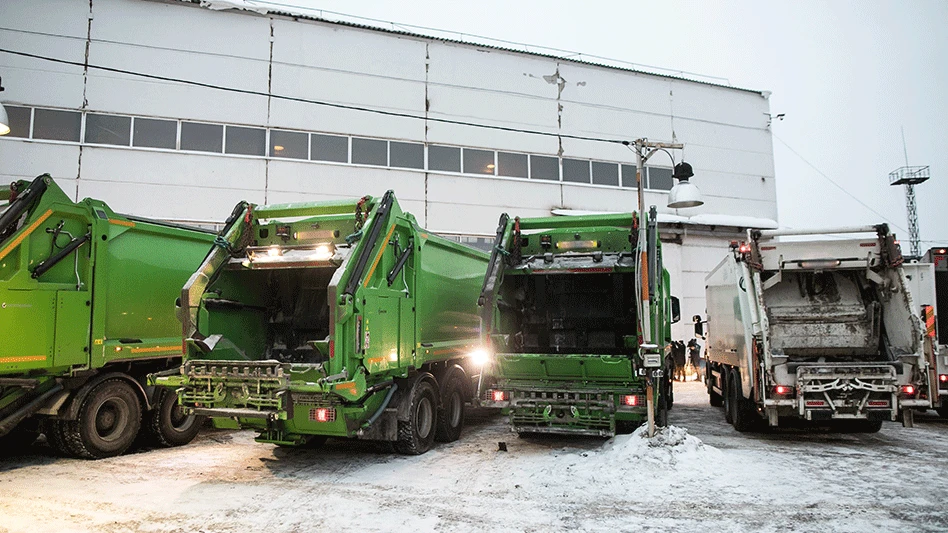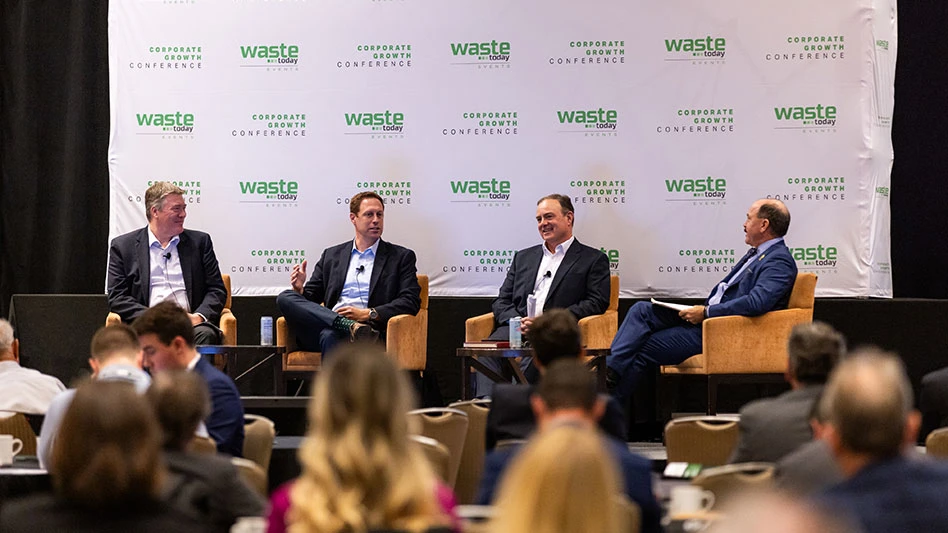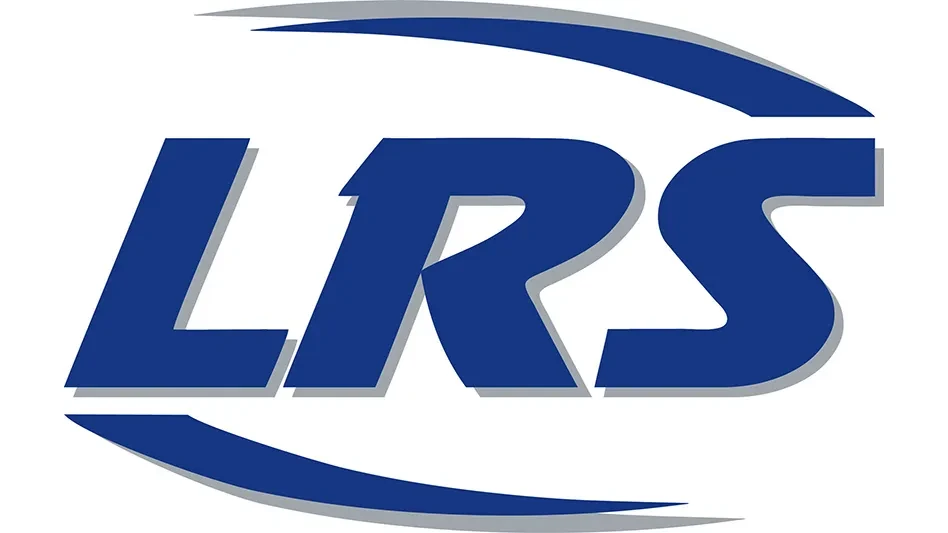
Image courtesy of LRS
LRS has released its first annual sustainability report. The report will become an annual update from the company, providing an overview of LRS’ environmental practices.
“This was a year of extensive growth at all levels of LRS, which is why we are honored to be publishing our inaugural sustainability report,” LRS CEO Matt Spencer says. “This report is the culmination of hard work from across the organization and serves as a benchmark to track our impact on reshaping the future of waste and recycling.
“This report is a testament to our commitment to sustainability and innovation, our people, our partners and the communities we serve. I look forward to working alongside our team members and partners to continue driving positive impact and change in the years ahead.”
Joy Rifkin, sustainability manager at LRS, says the company initially embarked on compiling an annual sustainability report in 2021.
“It had to be years off because we needed baseline numbers,” she says. “We needed to start tracking data that wasn’t tracked in the past. Coming up on 2024, we realized we had solid information [about 2023] that we could communicate.”
The Rosemont, Illinois-based company examined report styles from other waste and recycling companies to determine the most effective way to format its findings.
The report highlights LRS’ efforts in innovation and sustainability, employee safety and culture, facility impact, community engagement initiatives and emission reduction goals.
According to the report, LRS diverted more than 92,000 tons of paper, cardboard and cartons; 33,000 tons of metal; 23,000 tons of glass and 10,000 tons of plastic in 2023.
In future reports, Rifkin says the company hopes to bring specificity to its construction and demolition (C&D) commodities as well.
RELATED: LRS adds robot on its last-chance line to target UBCs | True baler redundancy
From 2021 to 2023, the company reported a 15 percent reduction in total recordable safety incidents. Additionally, 127 employees became Occupational Safety and Health Administration- (OSHA-) certified last year.
“Our goal was to train all of our frontline operations leaders,” Rifkin says regarding LRS’ initiative to OSHA certify its employees.
The company hosted training courses across its operations, mainly targeting operations managers, general managers and other frontline staff. After that, LRS opened training to a wider group of employees. Other safety initiatives include investing in truck cameras to ensure driver safety.
LRS’ recently opened material recovery facility (MRF), The Exchange, processes recyclable materials from Chicago’s blue cart recycling program, serving more than 620,000 homes and processing more than 500 tons per day. The facility has also allowed the company to further engage with the community, it says. In 2023, more than 800 guests toured The Exchange, and more than 1,200 students and community members were engaged in educational initiatives, according to LRS.
In addition, Rifkin says the company is also hosting tours with packaging designers to encourage design for recycling initiatives.
“They come in and get to see what’s really happening and the parameters that go into quality recycling,” she says, adding that products can be made from recyclable materials, but if they do not meet certain size parameters, they run the risk of falling through screens at the MRF.
The report also details LRS’ emission reduction plan, stemming from a 2022 greenhouse gas (GHG) emissions inventory. The plan is centered around emissions capture, route optimization and equipment decarbonization. It includes a $7 million investment in a landfill gas collection and control system, a 5.7 percent reduction in fuel consumption after the completion of a route optimization software pilot and a $2.5 million investment in compressed natural gas (CNG) trucks.
“The goal is to be net-zero by 2040,” Rifkin adds.
With 2023 as a baseline, LRS will begin to plot a path forward for reduction.
“We don’t just care about waste diversion and recycling,” she says. “We also care about decarbonizing, and to do that it means we have to know where we are, how much fuel we’re using [and] our emissions profile. [This report] was to showcase the work that went into [gathering that information] so we can start tracking that change overtime.”
Latest from Waste Today
- Aspen Waste Systems expands into Denver-metro market
- NYSAR3 seeks respondents to commercial recycling survey
- Aemitis AD system goes online
- Liebherr breaks ground on logistics center
- Rubicon appoints new CFO
- Nexus W2V attracts funding for waste conversion project in Indiana
- Republic Services signs up for oil recycling program
- Alabama city offers partnership to divert electronics from landfills
